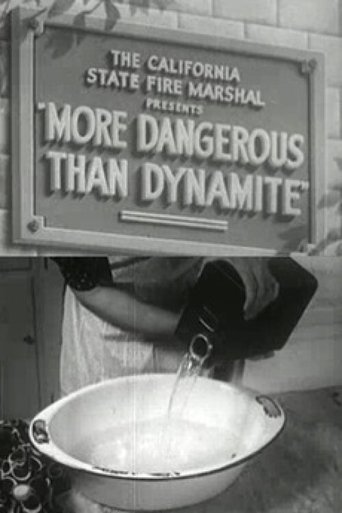
07 Nov 1941

More Dangerous Than Dynamite
A short film warning the unaware housewife of the dangers of “dry cleaning” with gasoline at home.

The U.S. Navy teaches workers how to safely work in offices.

07 Nov 1941

A short film warning the unaware housewife of the dangers of “dry cleaning” with gasoline at home.

01 Jan 1972

A 1972 educational film by Dan Gibson Productions, aims to guide young viewers in recognizing the temptations and risks associated with alcohol and excessive drinking through the lens of a nature documentary. Through a series of cautionary scenarios and reflections, it sheds light on the societal lure of alcohol and its potential consequences. This film serves as both a warning and a primer on self-awareness around drinking habits, connecting with an era increasingly concerned with youth education on substance use.

01 Jan 1972

The film "And Then It Happened" follows two school bus drivers known for their safety records. During routine rides, a series of distractions and misbehaviors from the students lead to a disastrous accident, injuring several classmates. The narrative explores the challenges of managing rowdy children on a bus and the consequences of their actions, highlighting the importance of safety and the hidden struggles of the students.

01 Jan 1976

Is it the outrageous claims? Or just the bad acting? This early media literacy film helps kids understand that that ads are trying to, well, sell them something. Kitschy good and super tasty, it's lipsmackin' fun!

03 Jun 1980

This short cautionary training film examines dangers associated with earthmoving equipment operation, showing many simulated accidents on construction sites.
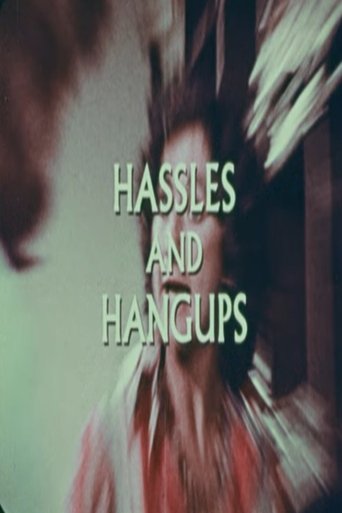
01 Jan 1973

Emphasizes positive attitudes and constructive solutions to help individuals deal with problems related to sex, drugs, self-image and interpersonal relationships.
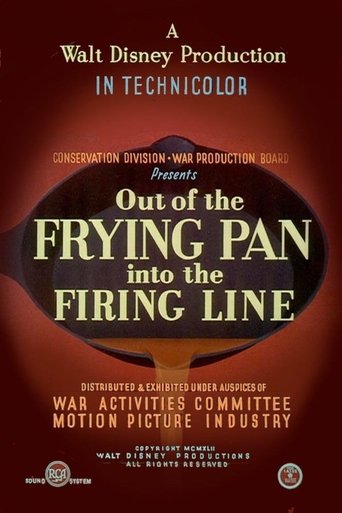
29 Jul 1942

Documentary short film demonstrating the process by which waste fats from the kitchens of American homes can be transformed into the raw materials for explosives for the war effort.

05 Apr 1971

This anti-drug educational film, hosted by pop singer Tommy Roe, features teenagers discussing the pros and cons of taking LSD.
01 Jun 1973
The film highlights the dangers of extreme heat and the importance of staying hydrated and cool. It portrays a conversation between two friends, one of whom insists on playing basketball despite the oppressive heat. The narrative emphasizes that heat-related illnesses can be avoided by recognizing the body's signals and taking necessary precautions, such as drinking water and staying indoors. The film concludes with a report of record-breaking temperatures, underscoring the seriousness of heat exposure.

15 Jan 1975

Presents three case histories which illustrate how children were accidentally killed or injured by the schoolbus from which they had disembarked.
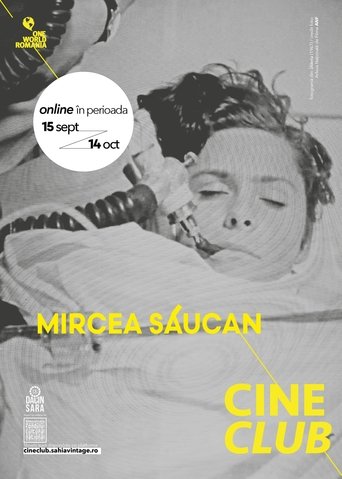
01 Jan 1975

A more experimental aproach to labor protection films. In the line of Săucan's style, the soundtrack is as important as the image, the threatening music, full of shrillness, composed by Ion Dumitrescu potentiating the visual construction that mixes - in a montage reminiscent of the Soviet avant-garde school of the 1920s - all kinds of shooting techniques and frame combinations.

01 Jan 2015

Hospital staff are reporting more violence and anti-social behaviour than ever before. In 2015, 8 staff were assaulted every hour – a new record high. At The Queen Elizabeth Hospital in Birmingham – one of the UK’s biggest hospitals – they think they have the answer. Here a private security force of 46 uniformed guards, and a sophisticated CCTV system, keep staff and patients safe. A colourful mixture of characters ranging from ex-soldiers, to bouncers, to former elite sportsmen, it’s the security team’s job to keep the hospital running smoothly. With more than 2 million visitors they have to deal with all aspects of crime and anti-social behaviour. All against a back drop of life changing and life saving procedures.

29 Jun 1945

The comparison of two rural families to demonstrate the need for proper hygiene and the consequences of its neglect.

17 Dec 2024

No overview found
21 Mar 2008
This U.S. Chemical Safety Board (CSB) video uses expert testimony and computer-animated reenactments to describe and discuss its detailed investigation into the March 23 2005 explosion of the ISOM (isomerization) unit at the BP (British Petroleum) refinery at Texas City, Texas. The explosion killed 15 workers, injured 180 others, and cost BP billions of dollars.
30 May 1970
The film emphasizes the importance of safety when using hand tools in a workshop. It discusses the significance of keeping tools sharp and in good condition, proper handling techniques, and the need for safe storage. The film also covers guidelines for using specific tools like saws, chisels, screwdrivers, and wrenches, highlighting the dangers of using dull or damaged tools. Additionally, it stresses the importance of maintaining a clean and organized workspace, wearing appropriate protective gear, and being aware of one’s surroundings to prevent accidents.
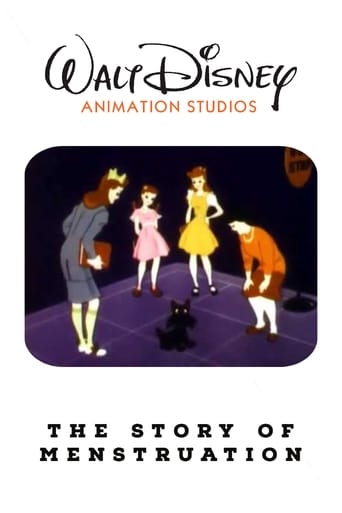
18 Oct 1946

A basic explanation of the purpose and process of menstruation, told largely with diagrams.
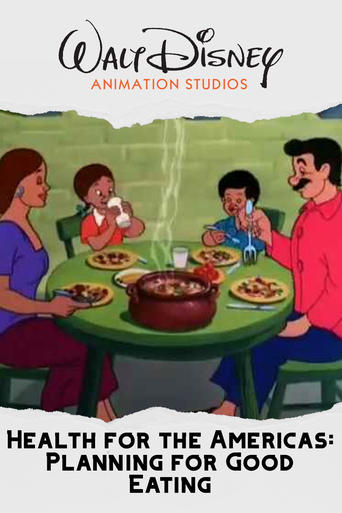
02 Apr 1946

An educational short from Disney on the importance of good nutrition.

02 Jan 1943

This animated documentary outlines the history and importance of corn in North America.
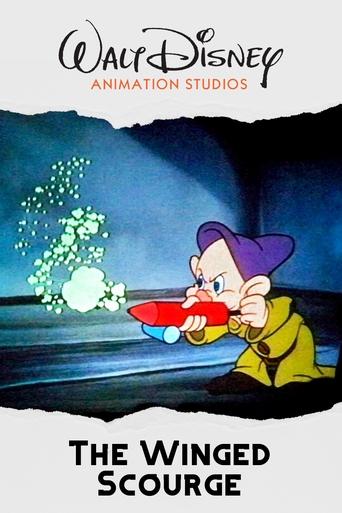
04 Nov 1943

The Seven Dwarfs fight malaria.